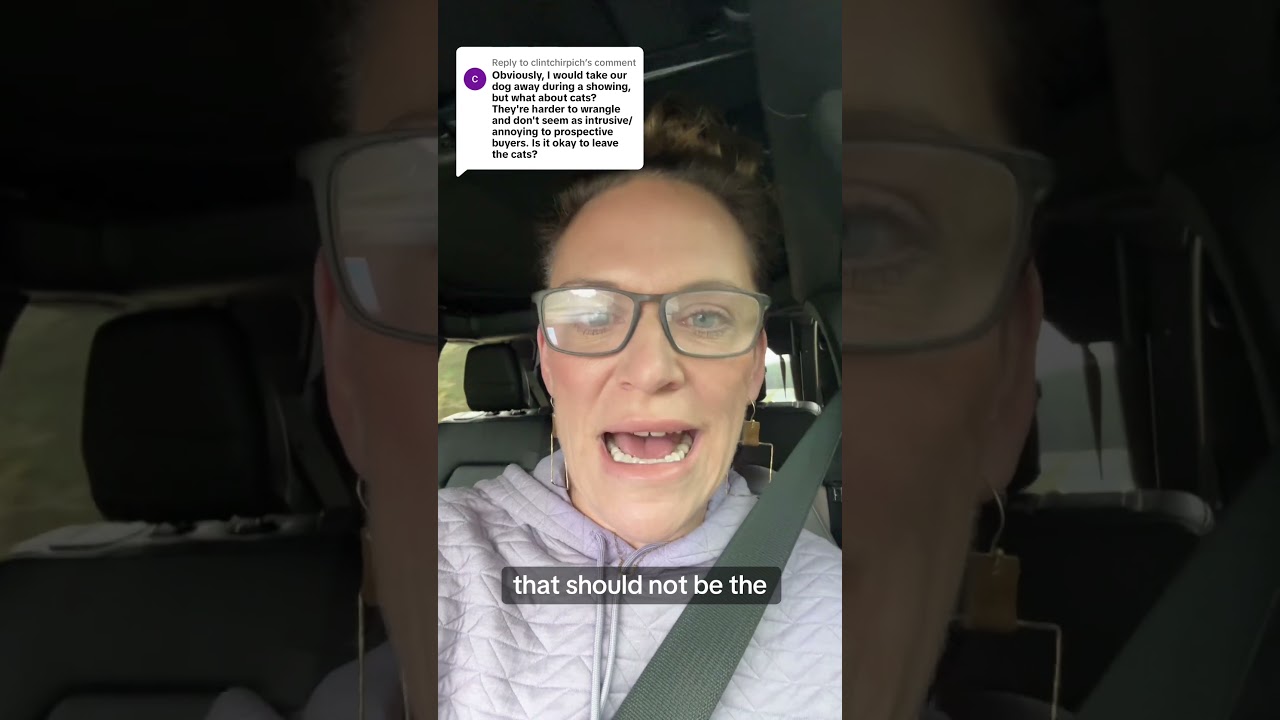
From an outsider’s perspective, how compliance tools integrate within different MLS-related technology can look somewhat incestuous. Mapping the connection between each MLS, MLS system, single sign-on (SSO) and data security dashboard, compliance system and photo compliance module would look as if a small child drew random lines on a white board.
Some of the companies making compliance tools are businesses that an MLS spun off into a separate entity. Listing Data Checker (LDC) — CoreLogic’s compliance software — works on MLS systems that CoreLogic’s Matrix MLS listings management platform is in direct competition with. Some compliance systems integrate photo compliance modules built by companies with their own compliance systems.
LDC has an overwhelming majority of the addressable market for compliance software, and it has a built in advantage in that an MLS doesn’t have to be on Matrix to use it.
Other platforms such as Rapattoni and ICE’s Paragon don’t have in-house competitors to LDC, so they allow MLSs to add LDC to their platforms. This helps LDC have compatibility with practically every MLS in the country, while also disincentivizing competing MLS systems from building compliance systems that would replace LDC.
Historically, compliance tools flag listings for potential violations and the staff at an MLS manually reviews those listings to determine if it is actually in violation. If it is and the MLS levies fines, there’s an internal process for distributing invoices.
But technological advancements are allowing newer companies to automate processes including billing, as well as leveraging computer vision to scan photos and large language models to more thoroughly assess potential violations.
Woop-woop, that’s the sound of the police
Combined L.A./Westside Multiple Listing Service (CLAW), which serves 16,000 members in Southern California, started building its own software more than 20 years ago. After receiving interest from other MLSs in licensing the software, CLAW created VestaPlus, a tech company that houses the MLS’s software products.
VestaPlus has a full suite of MLS product offerings, including a compliance system branded CheckMate. The company built it prior to the NAR settlement, so VestaPlus believes it’s in the right place at the right time to attract new business from MLSs looking to boost their compliance capabilities or are unsatisfied with LDC.
Presently, CheckMate is licensed by six MLSs, and VestaPlus manages compliance for three others using Checkmate.
In July, San Diego MLS (SDMLS) switched from LDC to CheckMate. CEO Saul Klein says licensing software from another MLS that experiences problems SDMLS encounters was attractive when weighing different options.
“Part of my philosophy is that I really like to support other MLSs because we share the same issues and we share the same problems,” Klein said. “MLSs that develop products can turn out to be very, very good because they have such great interaction with the customer.”
The photo compliance piece of CheckMate and LDC is powered by third-party companies that specialize in artificial intelligence and computer vision, technology needed to scan photos for sneaky things like an agent’s phone number in a listing photos or a dice on the coffee table turned to the number three.
Restb.ai is a leader among those companies, as its AI and computer vision are built specifically for the real estate industry. Based in Barcelona, the company launched an AI photo compliance tool five years ago.
While LDC doesn’t make a photo compliance tool, MLSs can purchase Restb.ai as an add-on to their existing LDC account. VestaPlus’s CheckMate primarily uses ListAssist to power its photo compliance module, but the company says it is “agnostic” on photo compliance tools, and it can integrate a different one if the MLS prefers one over the other.
“We’re seeing a resurgence in interest when it comes to compliance, and especially for photo compliance,” said Restb.ai’s Dominik Pogorzelski. “One of our partners actually said we’re in 2024 and you cannot have a compliance tool without having photo compliance as part of it.”
Integrations to catch violations
Advanced compliance technology is also finding its way into newly built MLS software that isn’t an underlying MLS system.
REcore, a single sign-on and data security dashboard, launched in January after buying REcenterhub from California Regional MLS, a dashboard akin to Relevate or CoreLogic’s Clareity. Within REcenterhub is a compliance module that REcenterhub users can leverage.
The company is exploring ways to integrate its compliance tools into third-party dashboards and MLS systems. It also took a leap forward in October with the release of “MLS Buyer Registry,” which is a tool intended to help MLSs comply with settlement rules related to buyer broker agreements.
Ocusell built a platform intended to streamline the listing process by allowing agents to post listings to multiple MLSs through one interface, while also using AI to autopopulate much of the listing information.
According to the company, listing violations remain on an MLS for an average of five days, while Ocusell’s compliance tools catch violations in real time as the agent enters listing information. The platform can also be customized to the specific rules of any given MLS.
The number of companies producing computer vision tools for analyzing photos are too many to count, according to people in the space. But the number of companies making compliance systems for MLSs is few, partly because It’s an uphill battle to pry significant market share away from LDC.
Restb.ai’s integration with LDC makes it easier for MLSs to stick with LDC and simply add Restb.ai, rather than start over with a new compliance system. LDC also benefits from CoreLogic’s vast array of technology products, which can allow LDC to compete on price more so than a newer, smaller company.
There’s also potentially a hard ceiling to how much of the entire MLS market is addressable because of the more than 500 MLSs, only larger ones need a compliance system. Small MLSs that have very few listings can have staff manually review each one of them without paying for something they don’t need.
And while some companies may have a leg up at the moment, new ones will bring in more advanced technologies and efficiencies, while old ones will find a way to replicate them, not unlike how Instagram co-opted Snapchat with Stories and TikTok with Reels. This prevents any given company from having a competitive advantage for very long.
The question is whether the risk of NAR or DOJ involvement scares some MLSs into adding compliance tools, particularly those that rely on agents to police the listings of other agents. The “snitch” system won’t catch every potential violation, and MLSs have less margin for error in a post-settlement environment.
“Sometimes agents don’t like to play by the rules, so warnings followed by enforcement become essential,” said David Charron, a former MLS CEO and executive advisor to the industry. “For those [MLSs] who would have us believe they are playing a never-ending game of Whack-a-Mole, more stringent compliance is the only antidote.”








